Rocks are one of those common elements of nature you can find anywhere you go. Strolling in the garden or hiking through the mountains, you can find numerous types of rocks, all in different shapes and sizes. But did you know that these rocks might be valuable enough to get you some good fortune? Yes! These random rocks can be valuable, and you might get lucky anytime.
There is no place where valuable rocks are bound to be found. It may also be no surprise if you find a valuable rock in your backyard. After all, rocks are a part of nature. While there is a possibility of everything, how can one find out if a rock is valuable or not? Well, there are some tests for it that even a commoner can perform.
If you too are willing to try your luck with rocks and stones, keep reading. Here are some common things to consider and test in a rock to find its value. So, let us dig in!
Note The Colour
Colour inspection is an important and easy way to identify rock and its minerals. However, color solely will not be able to identify the mineral. There might be a difference in the color of a mineral due to impurities or chemical reactions. But you can still check a color for a rough idea through a mineral color guide.
For instance, amethyst comes under quartz, and so, it should be clear (no color) in appearance. It will be colored only if it is infused with traces of iron. Moreover, you might find something that looks valuable but really, it is not. Take iron pyrite, and it looks just like a piece of gold. Some people even call it fool’s gold. However, some minerals like monochromatic azurite can still be identified by their true colors.
Streak Test
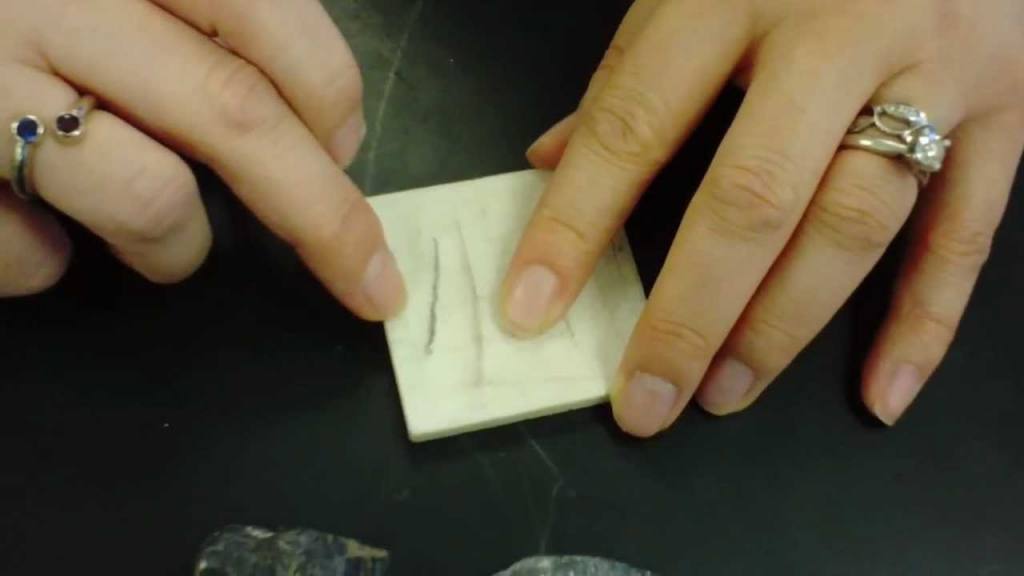
As said earlier, the outer color of a rock cannot always identify the mineral in it. However, the color of the powder of a rock can tell you about its mineral composition. The streak test is just that. Now, you do not want to crush your rock if you think it is valuable. The streak test for rocks is conducted with unglazed porcelain. Although, this test won’t give any results if the rock or stone you are testing is harder than porcelain.
take a porcelain tile and swipe the stone or rock across the back of the porcelain. This will give you a streak on the porcelain, and you will have to inspect its color. Gold generally leaves a yellow streak, and chalcopyrite leaves a black streak.
Hardness Test
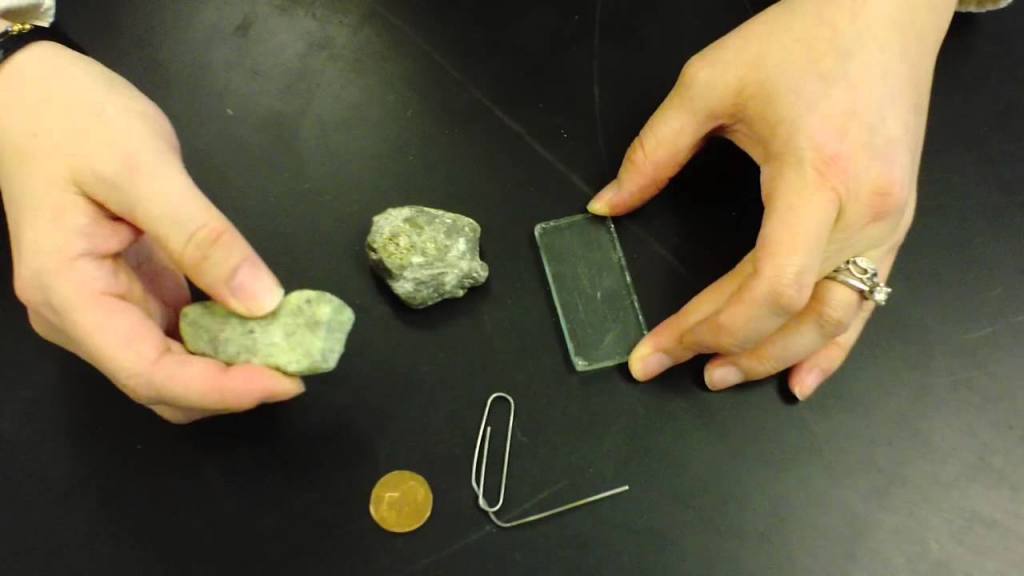
Checking the hardness of rock is another major thing you can do to know its value. There is a common scale from 1 to 10 Mohs to determine the hardness of a rock. The harder the mineral, the more value it holds, which means 10 is the hardest. The hardness of the diamond is considered 10 Mohs as it can be cut only by another diamond.
Now, if a rock can be scratched by a fingernail, it is quite soft and has a hardness of 2.5 Mohs. If it can be scratched with a penny, its hardness is 3 Mohs, and the hardness would be 5.5 Mohs if it takes a glass to scratch a rock. While doing the porcelain streak test, if the rock scratches it instead of leaving a streak, the hardness would be 6.5 Mohs. This test will easily tell you if your rock holds any value.
Can You Find Meteorites and Gemstones?
When it comes to finding something valuable from the ground, meteorites and gemstones are the common findings. While finding a gem in a random place has thin possibilities, meteorites can be found almost anywhere. However, you need the eye in both cases.
Meteorites look very common and usual yet have a value equal to diamonds. They usually have darker black color than other rocks and have flow lines and dimples. Some meteorites also show multicolored small globules of iron and nickel on their surface, which can be rarely seen through a naked eye.
When it comes to gemstones, you obviously cannot find a diamond wherever you go. However, the common ones like jade, quartz, opal, and garnet can be found with a little hard work and hunting.
Happy Hunting!
Now that you know rocks can be valuable, you would probably want to try your luck. Finding valuable gemstones, meteorites or rocks is not an easy task. You might or might not find one every time you go out, but there is still some possibility. So, keep an eye around the next time you step out. Keep the above-mentioned things in mind while you test unusual rocks; this guide will help you find one.

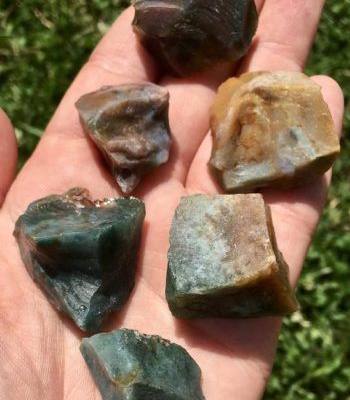

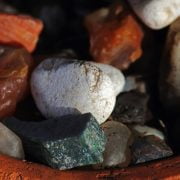
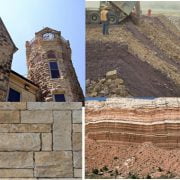

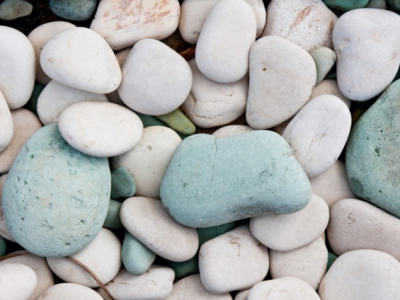
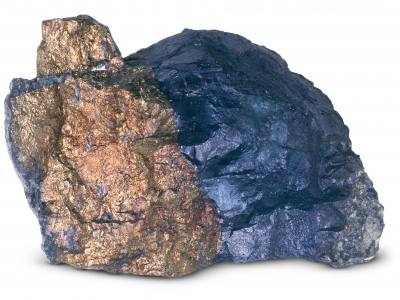
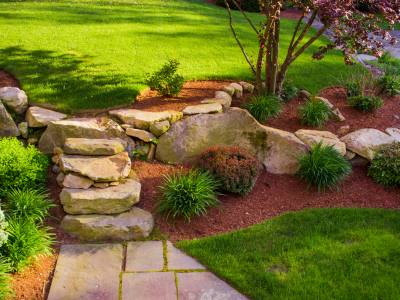
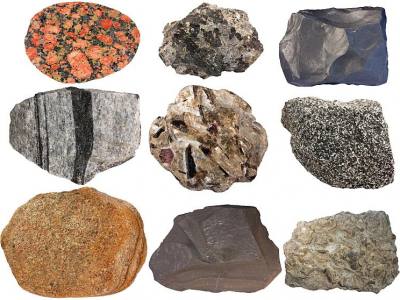
Comments